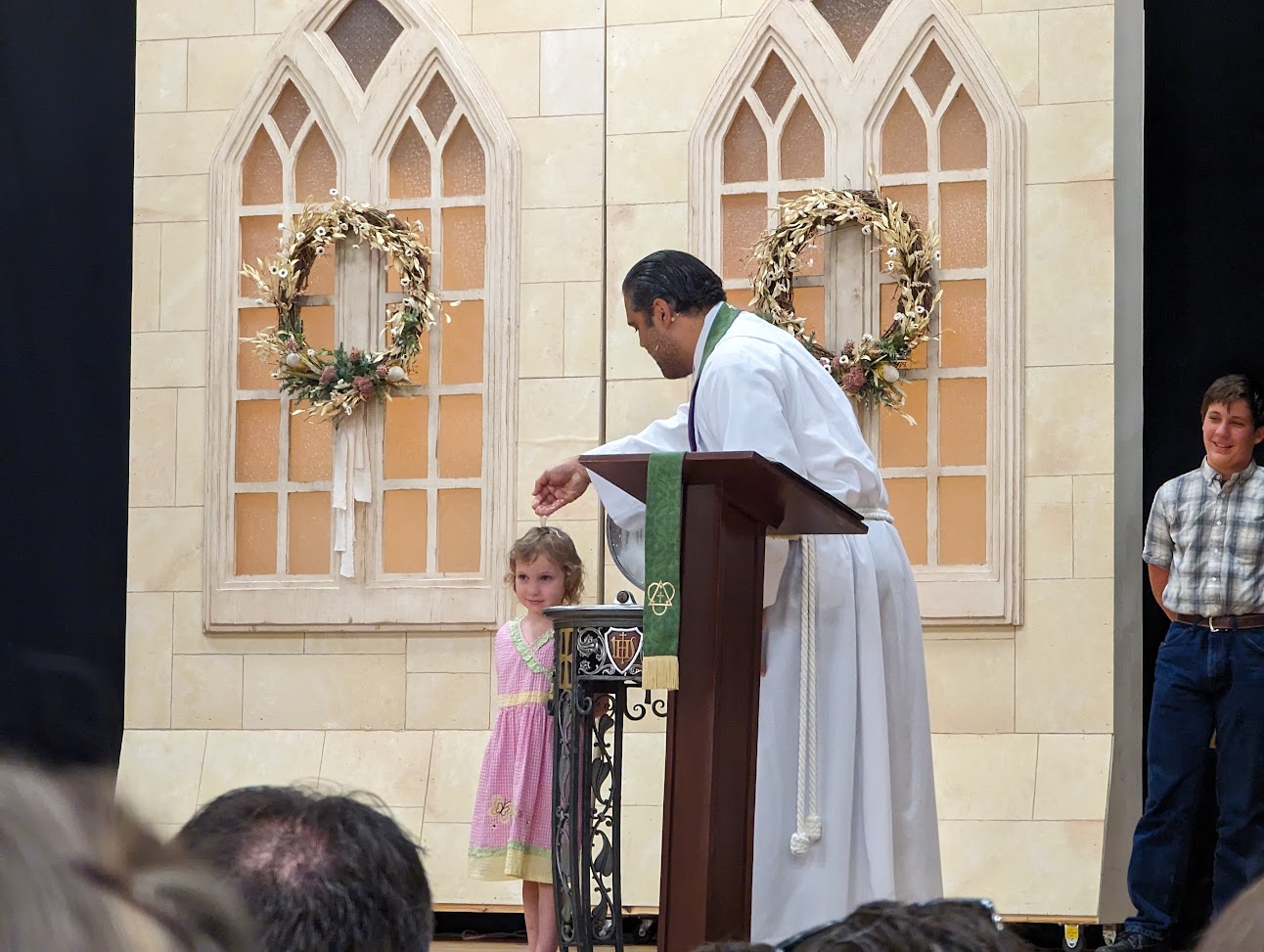Our Reformational baptismal theology has experienced massive transformations since the 16th century. This transformation has primarily been driven by anabaptist fervor in the last few centuries and by half-covenant Puritanism. But the Westminster Confession continues to speak with precision and fidelity. It asserts:
On Baptism: “…the grace promised is not only offered, but really exhibited, and conferred, by the Holy Ghost, to such (whether of age or infants) as that grace belongeth unto, according to the counsel of God’s own will, in his appointed time.”
Note the following on the language used:
First, this real exhibition is the consummative response to modern evangelical views on baptism. The Confession uses the word “really” to differentiate between “potentially” or “symbolically.” Baptism does something; we might even say that in baptism, the theater of God’s glory is revealed or exhibited for the world to see. The child or adult tastes of the real Christ in a real covenant with a real element.
Second, to “confer” the Confession means to bestow a new reality upon the baptized, to affirm in a baptismal investiture a new garment. As Paul articulates in Galatians, “For as many as have been baptized into Christ have put on Christ.”
Third, the unique feature of our Reformed tradition is the objective reality and presence of the Holy Spirit. Some sacramental models speak of a radical mystical process, and others symbolize the entire endeavor, focusing on peculiar introspective concerns. But baptism is a deeply pneumatological event. The Spirit of God engages the person baptized not through the priest’s magic but by the means of water. The Reformed view does not accept sacerdotal implications.
Finally, there is an explicit assumption that infants, little children, and those who for some physical hindrance cannot reason are recipients of all these mercies. To remove these as recipients is foreign to the Scriptures. They are recipients of baptisms in the Old Testament through Moses and in the New Testament through the new lawgiver, Jesus. It’s for this reason that children are protagonists in the Gospels; they are central to Jesus’ mission. Through the witness of babes and infants, God moves the kingdom to its triumphal glory in the resurrection.
















Yes, and amen. The post-Enlightenment, post-revivalism, Bapterian reading of the WCF is anachronistic and neglects the original beauty and biblical associations of its sacramentology.